VIJAY PRASHAD examines why in 2018 Washington started to take an increasingly belligerent stance towards ‘near peer rivals’ – Russa and China – with far-reaching geopolitical effects
Midsummer magic
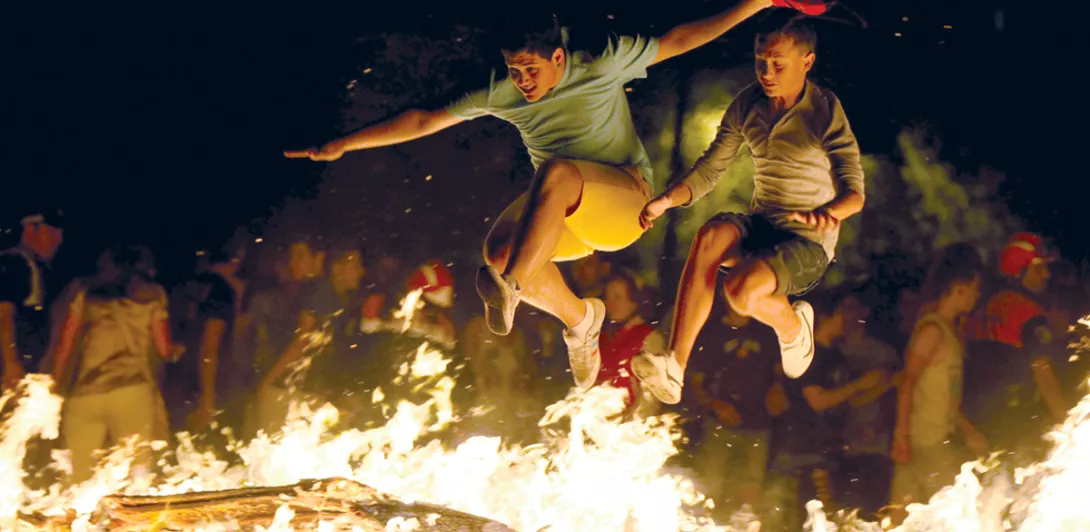
STANDING around at Stonehenge. Smoking too much weed. Bonkers dancing. That’s one way of celebrating the solstice. Linking hands in a ring on a medieval mound in a municipal park and singing circle songs as the cloudy grey dawn lightens is another. All good.
I’ve learnt better ways to do it, though — for myself.
It’s three weeks now since Midsummer, but I’m still enjoying the memories of one of the best and longest I’ve celebrated… so no apologies for this piece, despite its late timing.
More from this author
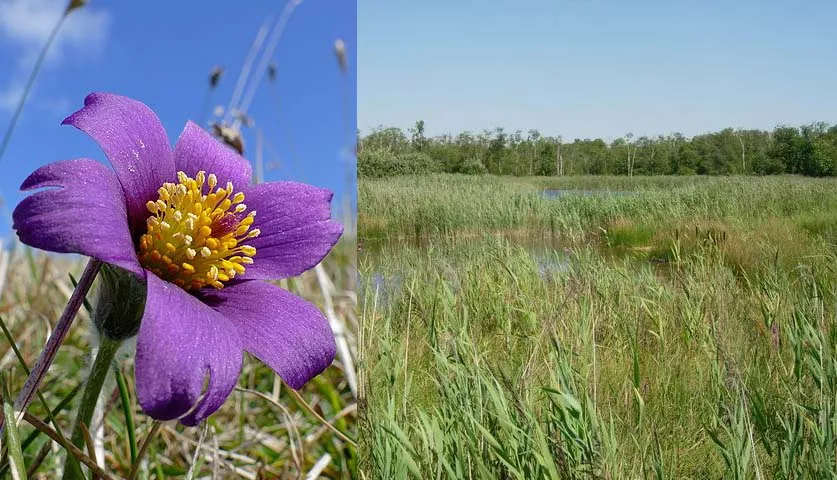
From John Clare country to ancient fenland, Ed Miliband’s solar farm approvals risk industrialising precious rural spaces — we must find greener solutions that don’t sacrifice our countryside’s beauty, writes DAVE BANGS

Decades of right to buy have eroded the social balance of our countryside — and now holiday lets and second home owners from the cities are compounding the crisis, writes DAVE BANGS
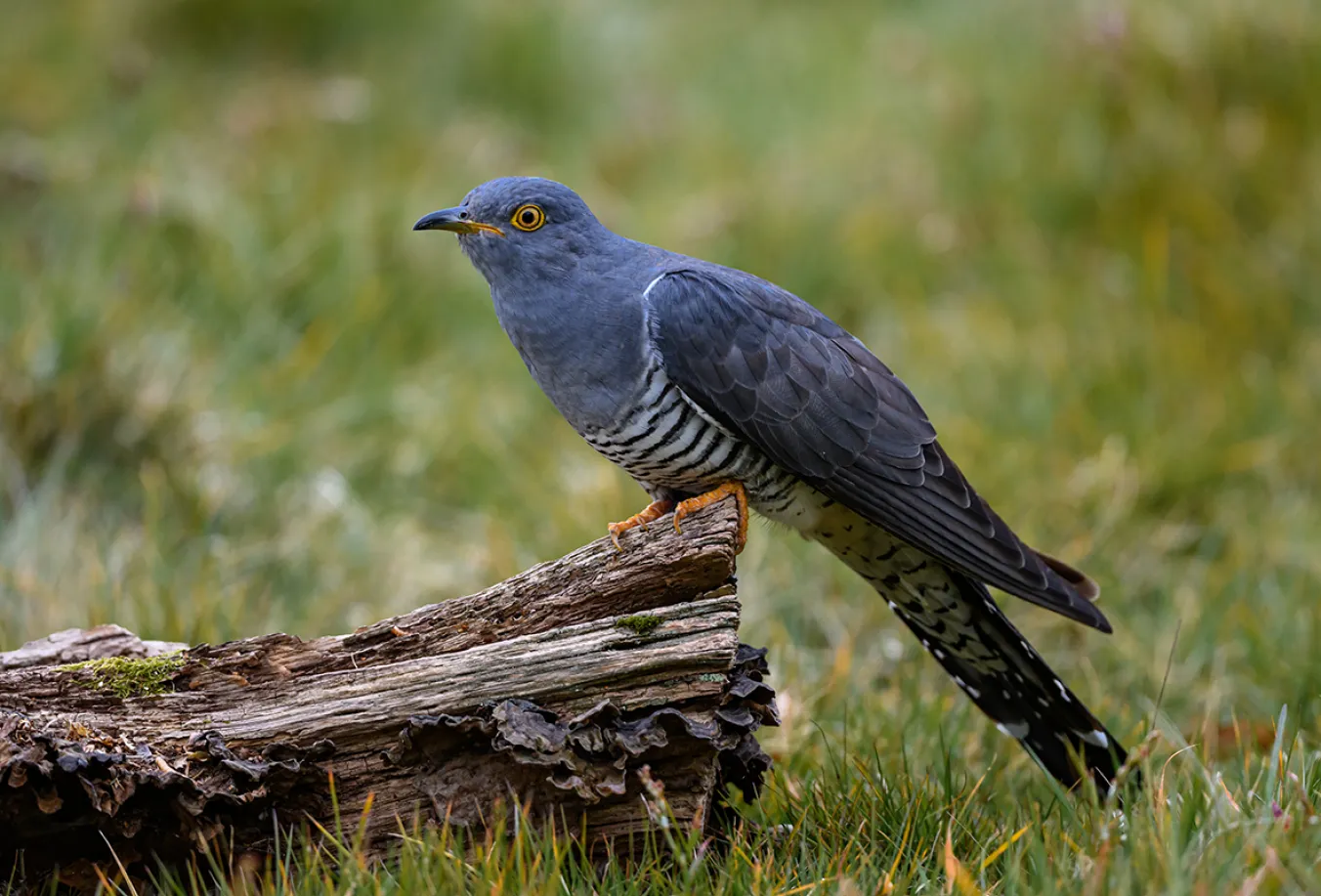
Spring has sprung in all its glory — but DAVE BANGS is disturbed by the absence of a crucial sound
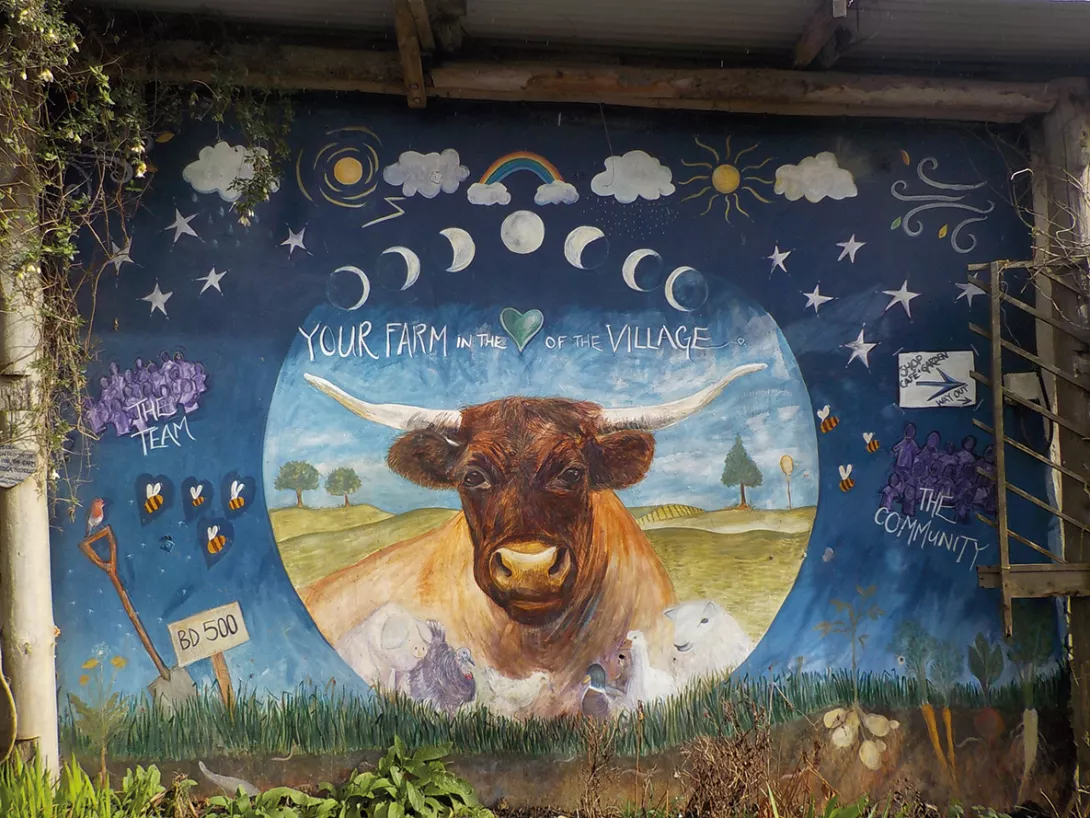
These twin Sussex co-ops selling their produce directly to locals offers a glimpse of a future of sustainable, democratised food production – all in harmony with nature, says DAVE BANGS
Similar stories
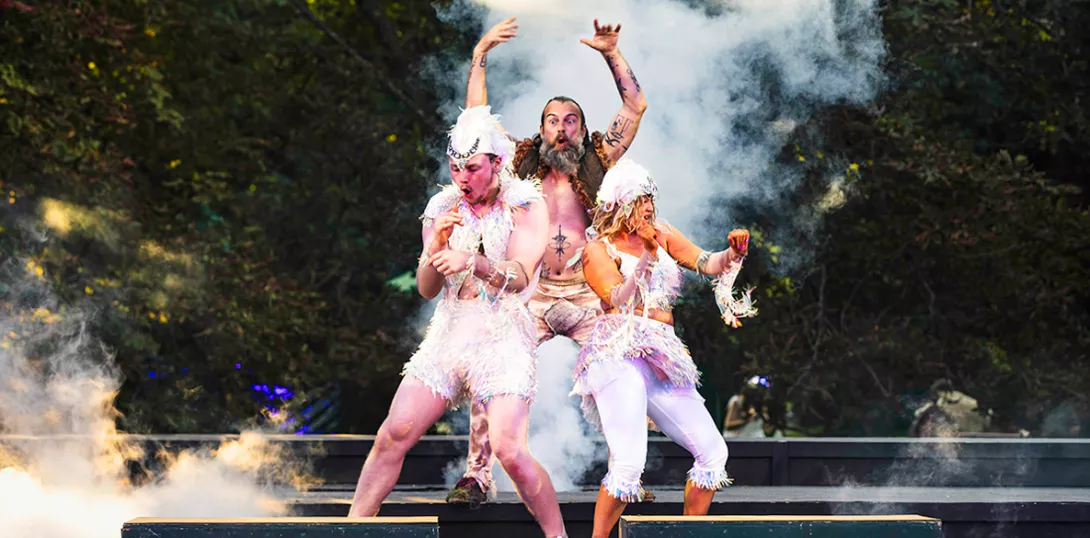
PETER MASON is unimpressed by an unsubtle production that disregards its woodland setting

Spring has sprung in all its glory — but DAVE BANGS is disturbed by the absence of a crucial sound

Transmorphed into a romp in the Caribbean, the play effortlessly wins over the audience, writes GORDON PARSONS









